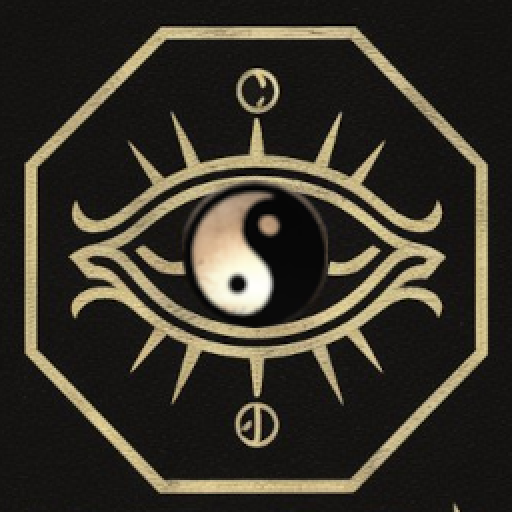AI-Powered Technology Providers https://apps.mysticomni.com/dreamanalysis
Original
田中生草主得财 种田宽大有禄位 自种田禾主出行 见种田者禄位至
教人耕种远行至 使人种田地大吉 买人田宅主进职 身在禾中大吉利
破败田地主大吉 割收田禾家已安 屋上生禾官位吉 见禾丰熟富贵长
见麦稻主得大财 粳糯米者有财吉 五谷茂盛主得财 谷穗齐秀大吉利
米谷堆吉散主凶 大小麦主妻私心 大豆苗叶子孙凶 米麦相排大吉利
坐卧米麦主大吉 手中把谷主福禄 得米谷者主大吉 种菜主长命大吉
得禾忽失主得秩 粟米必有献物至 荞麦面饼官事至 麸糠相交家欲检
酒曲必主枉曲事 葫芦者主恶事连 麻丛身者主病至 麻生如林大吉利
Interpretation
Translation:
Grass growing in the fields foretells gaining wealth. Cultivating wide fields foretells a position of wealth. Planting rice and other crops foretells travel. Seeing someone planting fields foretells a position of wealth.
Teaching others to farm foretells travel. Having others cultivate one’s fields foretells great good fortune. Buying someone’s fields and houses foretells promotion. Being in the midst of crops foretells great good fortune.
Fields in disrepair foretell great good fortune. Harvesting crops foretells a settled home. Rice growing on the roof foretells an official position. Seeing abundant crops foretells enduring wealth and honor.
Seeing wheat and rice foretells gaining great wealth. Glutinous rice foretells wealth and good fortune. Flourishing grains foretell wealth. Grains with uniform spikes foretell great good fortune.
Piles of rice and wheat foretell good fortune when gathered, but misfortune when scattered. Wheat and barley foretell a wife’s secret intentions. Soybean sprouts and leaves foretell misfortune for descendants. Rice and wheat arranged together foretell great good fortune.
Sitting or lying among rice and wheat foretells great good fortune. Holding grains in hand foretells blessings and wealth. Receiving rice and grains foretells great good fortune. Planting vegetables foretells a long life and great good fortune.
Suddenly losing grains foretells obtaining a position. Millet foretells the arrival of tribute. Buckwheat and noodles foretell official affairs. Bran mixed together foretells the need to inspect the household.
Yeast foretells wrongful affairs. Gourds foretell a series of unfortunate events. Hemp growing on the body foretells illness. A forest of hemp foretells great good fortune.
Cultural Explanation:
This passage reflects traditional Chinese beliefs about the symbolism of agricultural activities and their outcomes as omens for one’s future. The cultural context of these beliefs includes:
- Agricultural Wealth: Agriculture was the backbone of the economy in ancient China, and its success was closely tied to wealth and prosperity. Thus, signs related to farming and crops were seen as good omens.
- Cultivation and Position: Wide cultivation and involvement in farming activities were seen as signs of gaining a position of wealth, reflecting the respect for agricultural work and its connection to social status.
- Harvest and Stability: Harvesting crops symbolized a settled and stable life, indicating that the completion of agricultural tasks could bring about a sense of security and well-being.
- Crops and Abundance: The sight of abundant crops, whether rice, wheat, or other grains, was a sign of enduring wealth and honor, highlighting the importance of agricultural yield in ensuring prosperity.
- Grain and Fortune: Grains and crops were seen as symbols of wealth, with their presence and arrangement indicating good fortune. The uniformity and abundance of grain spikes were particularly auspicious.
- Vegetables and Longevity: Planting and consuming vegetables were associated with a long life, reflecting the belief in the health benefits of a diverse diet.
- Loss and Gain: The sudden loss of crops or grains could paradoxically foretell gaining a position, indicating that loss might be a precursor to gain in certain contexts.
- Official Affairs and Misfortune: Certain agricultural products, like buckwheat and noodles, were seen as signs of upcoming official affairs, while the sight of gourds or hemp could foretell misfortune.
Refs:
Uncovering the Mystery of Dreams: Eastern Theory
Uncovering the Mystery of Dreams: A Modern Interpretation of Ancient Oriental Art

